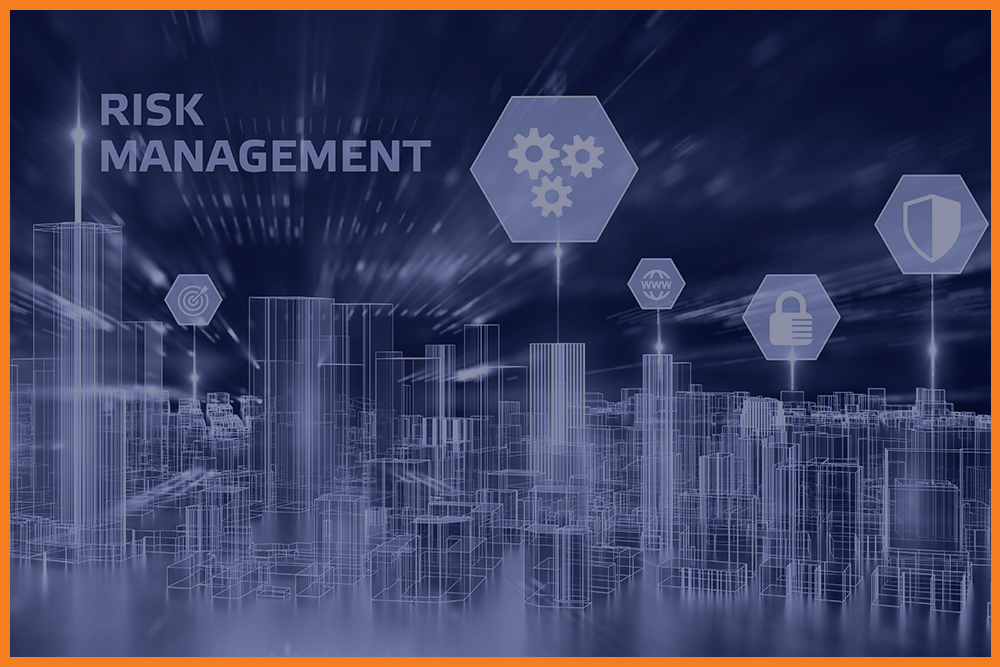In the ever-evolving world of business, where change is the only constant, organizations must be prepared to face multifaceted challenges. Two key pillars in this pursuit are Compliance and Risk Management. These are not just buzzwords but essential components that, when integrated effectively, can bolster an organization’s resilience and sustainability. In this blog, we will dive into the intricacies of Compliance and Risk Management, their interplay, and why they are vital for businesses today.
Understanding Compliance and Risk Management
- Compliance Management: Compliance refers to the adherence to laws, regulations, standards, and industry best practices relevant to an organization’s operations. This includes financial regulations, data protection laws, industry-specific guidelines, and more. The goal of compliance management is to ensure that an organization operates within the boundaries defined by these regulations.
- Risk Management: Risk management, on the other hand, is the process of identifying, assessing, and mitigating risks that could affect the achievement of an organization’s objectives. Risks can be internal or external and encompass a wide range of factors, including financial, operational, strategic, and reputational risks.
The Symbiotic Relationship
- Compliance Reduces Risk: Compliance is a critical element in risk management. By adhering to relevant laws and regulations, organizations can proactively mitigate risks associated with non-compliance, such as legal penalties, reputational damage, and financial losses.
- Risk Management Ensures Compliance: Risk management practices help identify potential risks related to non-compliance. By assessing these risks, organizations can take preventative measures to ensure they remain compliant with applicable laws and regulations.
Risk Management vs. Compliance
While Compliance and Risk Management share common goals, they have distinct focuses and processes:
- Focus: Compliance primarily focuses on meeting regulatory requirements and industry standards. Risk Management, on the other hand, concentrates on identifying and managing risks that could affect an organization’s objectives.
- Proactive vs. Reactive: Compliance is often seen as a reactive process, ensuring that an organization meets existing obligations. Risk Management takes a more proactive approach by identifying and mitigating potential risks before they materialize.
The Role of Technology in Risk and Compliance Management:
In today’s complex business environment, organizations are turning to technology solutions to streamline their Compliance and Risk Management efforts. The eMaxx Group, for instance, provides comprehensive tools and resources to help organizations navigate these areas effectively.
- Automation: Technology enables automation of compliance checks and risk assessments, reducing the manual workload and increasing accuracy.
- Data Analytics: Advanced data analytics tools can identify patterns and trends that might pose compliance or risk management challenges.
- Integration: Integrated platforms like eMaxx enable organizations to manage both compliance and risk in a holistic manner, facilitating better decision-making.
Compliance and Risk Management are integral to the success and longevity of any organization. They are not opposing forces but complementary aspects of responsible business management. While Compliance ensures that an organization operates within legal and regulatory boundaries, Risk Management identifies and mitigates potential threats to the organization’s objectives. When combined effectively, these two pillars create a resilient and adaptable organization capable of navigating the complex seas of business success.
By embracing technology solutions like those offered by eMaxx Group, organizations can streamline their compliance and risk management efforts, ultimately achieving better outcomes and greater confidence in their ability to thrive in an ever-changing business landscape. In the end, it’s not just about managing risk or ensuring compliance; it’s about securing a prosperous future.

